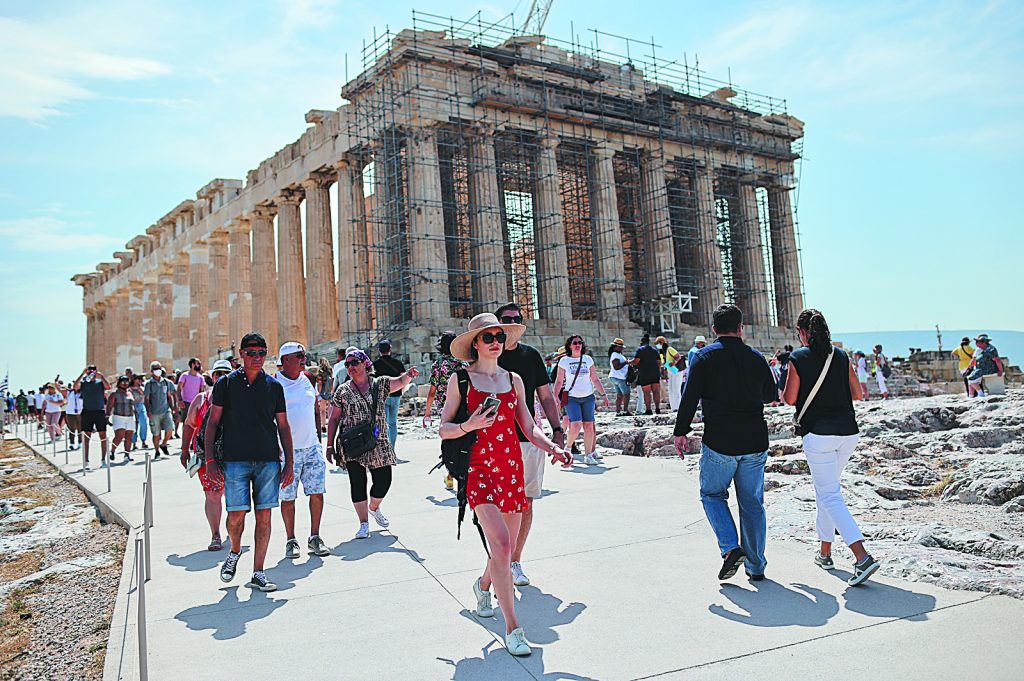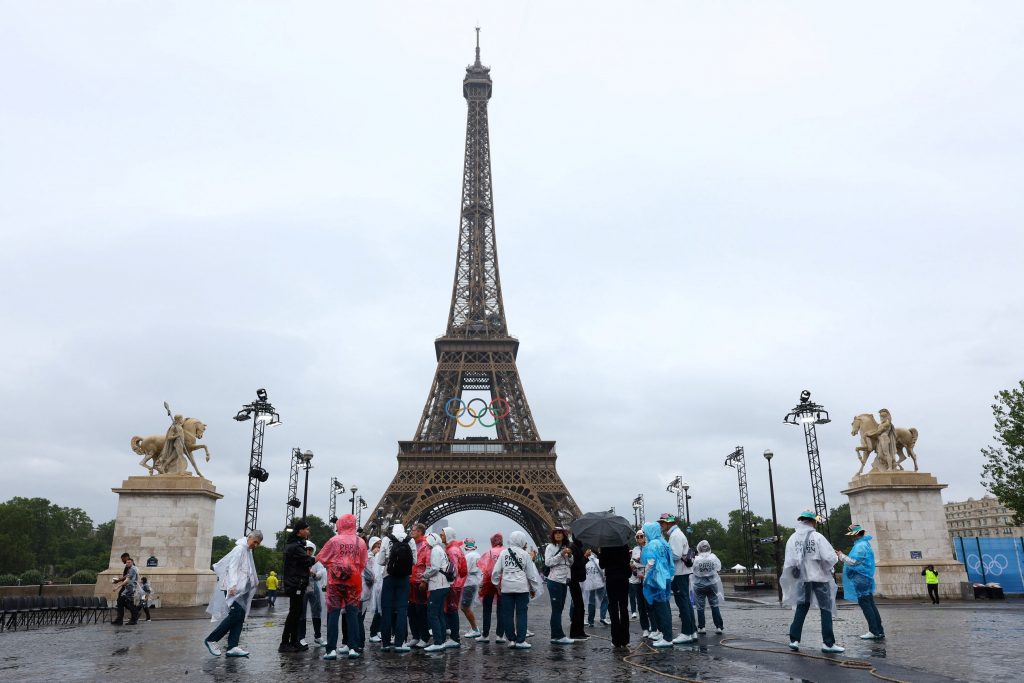A replica of full-body bronze armor used some 3,500 years ago was studied by the University of Thessaly, with modern-day marines of the Hellenic Army wearing it for an ancient battle simulation study. The findings defied initial assumptions, revealing the armor’s practical combat usefulness rather than being merely ceremonial.
In 1960, Swedish and Greek archaeologists unearthed a remarkably preserved Mycenaean-era bronze armor set consisting of hammered bronze plates and dating back to the 15th century BCE in the village of Dendra, in Argolida (Argolis) prefecture, in the southern Peloponnese province. The discovery sparked debates among academics and researchers over whether it served solely ceremonial purposes or was also worn during battle.
Addressing this question required a collaboration between archaeology and sports physiology. An innovative approach precisely measured the armor’s impact on volunteers’ bodies and movements.
Led by Prof. Dr. Andreas Flouris, the study replicated the armor set’s dimensions and weight, with volunteers adhering to a ‘Homeric diet’ akin to that described in the epic Iliad poem. During an 11-hour battle simulation, energy expenditure and physiological stress were measured, mirroring conditions of the late Bronze Age in the southern Greece region.
The results challenged up-until-then prevailing beliefs by revealing the functionality the bronze armor, despite assumptions of its clunky design, and thus reshaping the understanding of the era’s land battle practices.
Professor of archaeology Dr. Ken Wardle highlighted the Mycenaeans’ adeptness in crafting effective battle gear, a testament to their dominance in the eastern Mediterranean during the era. Such technological prowess likely played a pivotal role in encounters with formidable adversaries like the Hittites of central Asia Minor, emphasizing the Mycenaeans’ martial ability and skills.
Moreover, the study’s findings cast doubt on theories suggesting later additions to the Iliad’s references to bronze armor. Instead, they bolster the notion of advanced craftsman capabilities predating the 12th century BCE, when the legendary Trojan War celebrated in the Iliad was fought, offering new insights into ancient warfare practices.




